United Nations Day takes place annually on 24 October, marking the entry into force of the UN Charter (1945).
The UK Government, Scottish Government and Senedd Cymru do not currently list it as a flag flying day.
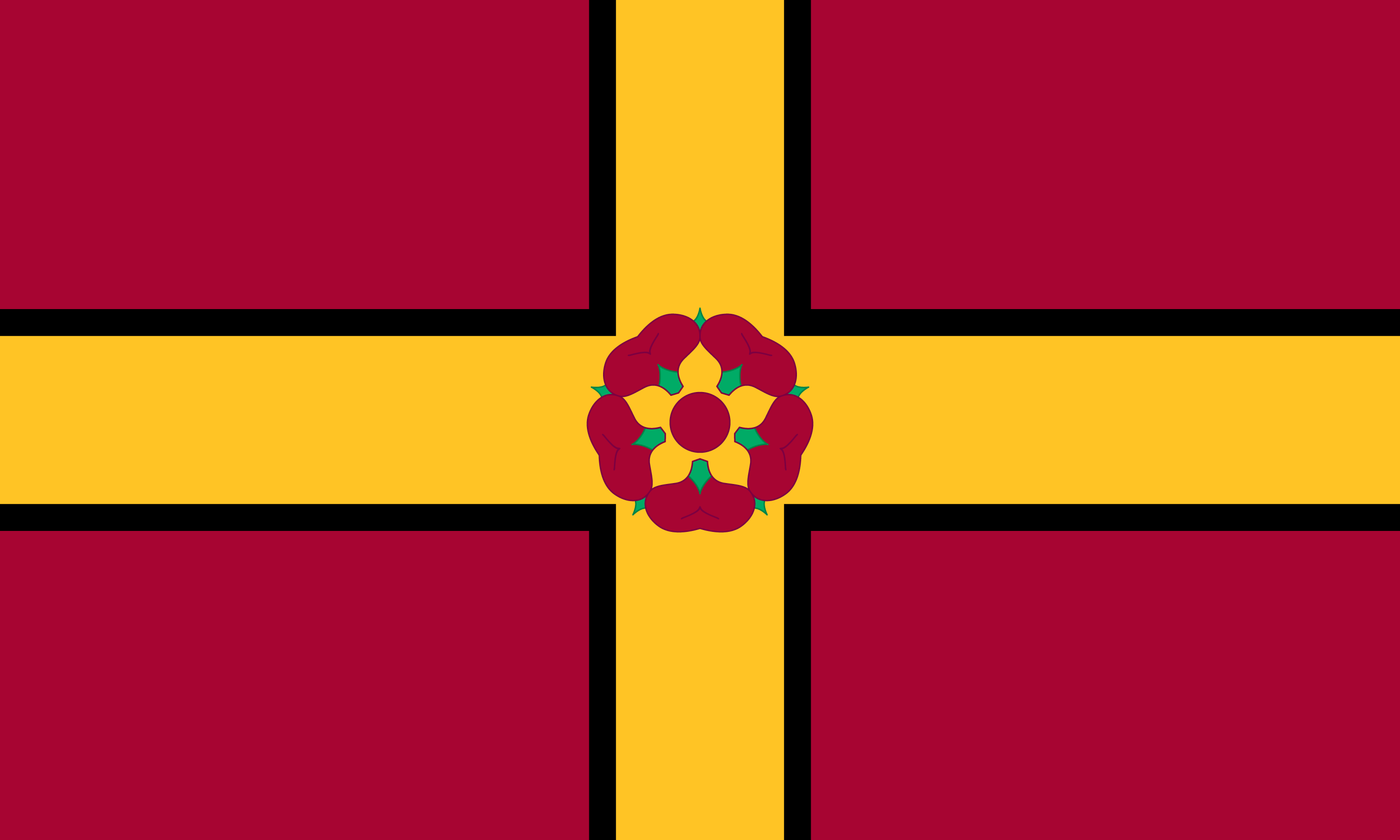
Northamptonshire Day takes place annually on 25 October, the feast of St Crispin.
St Crispin is the patron saint of shoemakers, cobblers and leather workers – an important industry in the county.
This date was selected by public vote from a shortlist of five.
The four other options were:
- 5 January – death of Philippa of Lancaster (1430), queen of Denmark, Norway and Sweden
- 26 February – radar first demonstrated in Upper Stowe (1935)
- 31 May – death of Waltheof (1076), 1st Earl of Northampton, the last of the Anglo-Saxon earls
- 28 July – battle of Talavera (1809), battle honour of the Northamptonshire Regiment, the ‘Heroes of Talavera’
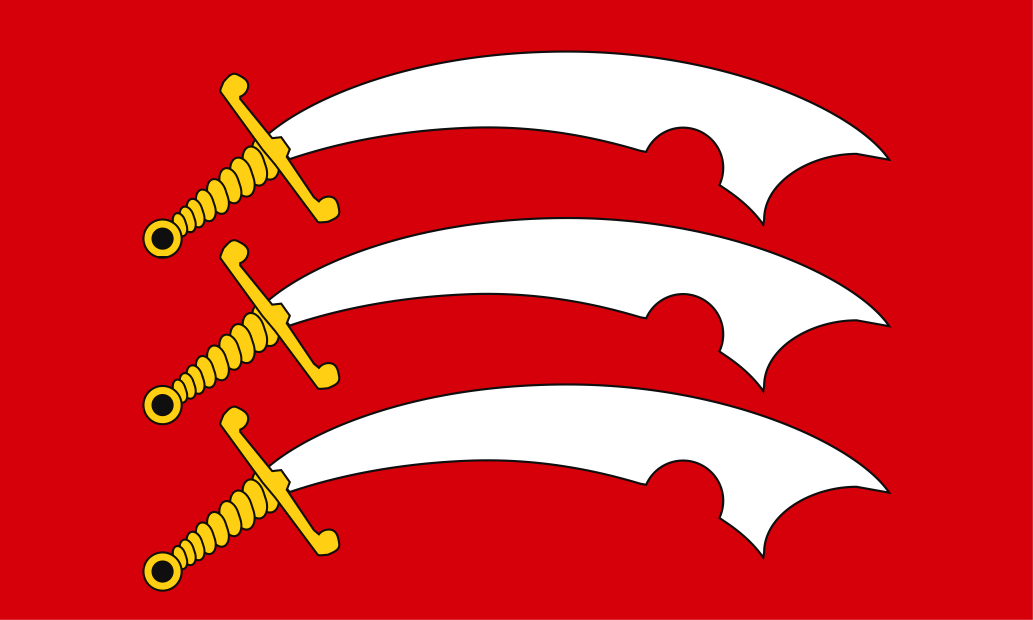
Essex Day takes place annually on 26 October, the feast of St Cedd.
Cedd (c.620–64) was an Anglo-Saxon monk and bishop who was an evangelist among the East Saxons.
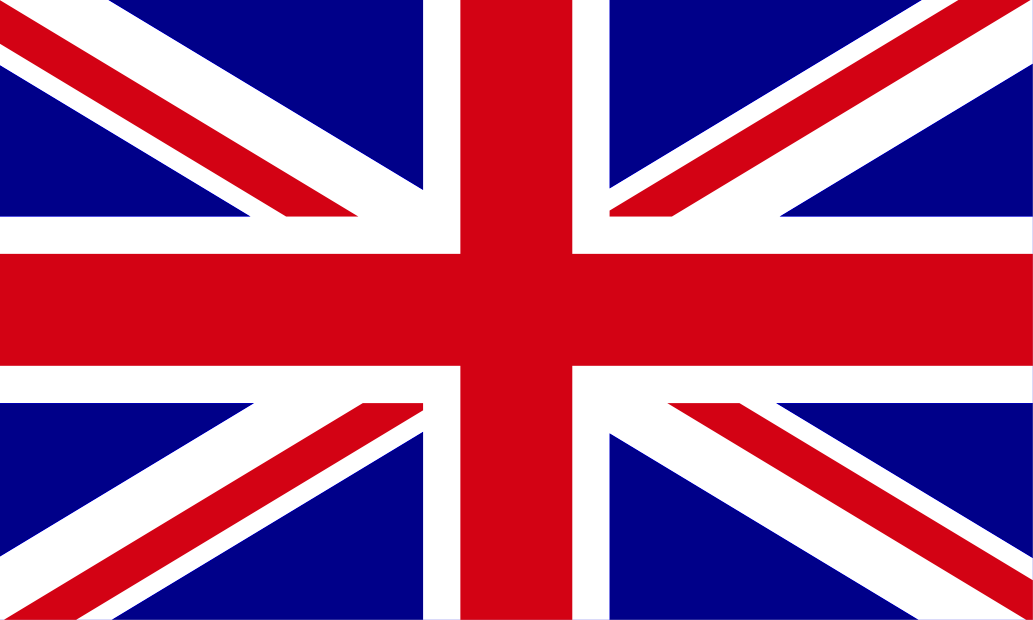
UK Government guidelines state that the Union Flag should be flown on Remembrance Sunday (the second Sunday in November).
https://www.gov.uk/guidance/designated-days-for-union-flag-flying
Scottish government guidance also lists Remembrance Sunday as a flag flying day.
The Union Flag is specified.
https://www.gov.scot/publications/flag-flying-on-government-buildings/
The Royal British Legion recommends flying the Union Flag on Remembrance Day (11 November) and Remembrance Sunday.
https://support.britishlegion.org.uk/app/answers/detail/a_id/263/~/remembrance-faqs
The flag should not be flown at half mast on either day.

The Birthday of HM The King is listed as a flag flying day by UK government guidance.
The Union Flag is specified.
https://www.gov.uk/guidance/designated-days-for-union-flag-flying
The Birthday of HM The King is also listed as a flag flying day by Scottish government guidance.
The Scottish Saltire is specified.
https://www.gov.scot/publications/flag-flying-on-government-buildings/
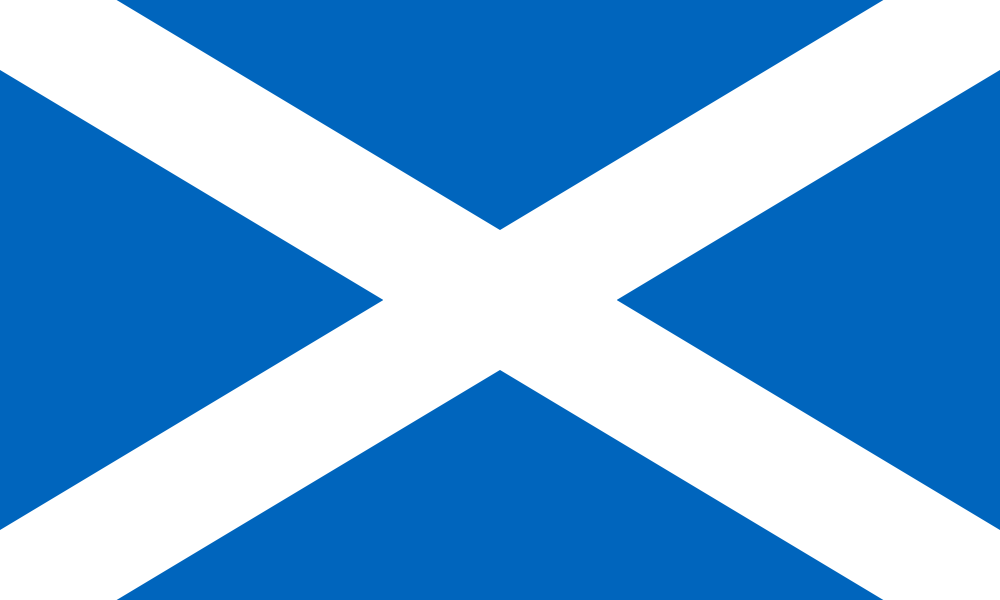
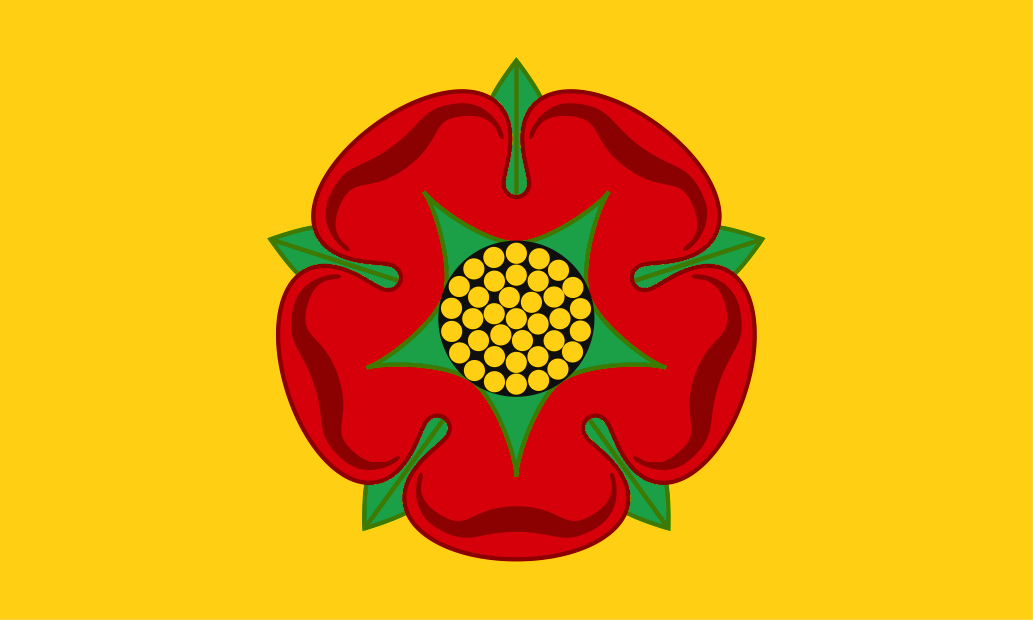
Lancashire Day has taken place annually on 27 November since 1996.
It commemorates the day when Lancashire first sent representatives to Parliament, the Model Parliament of King Edward I (1295).
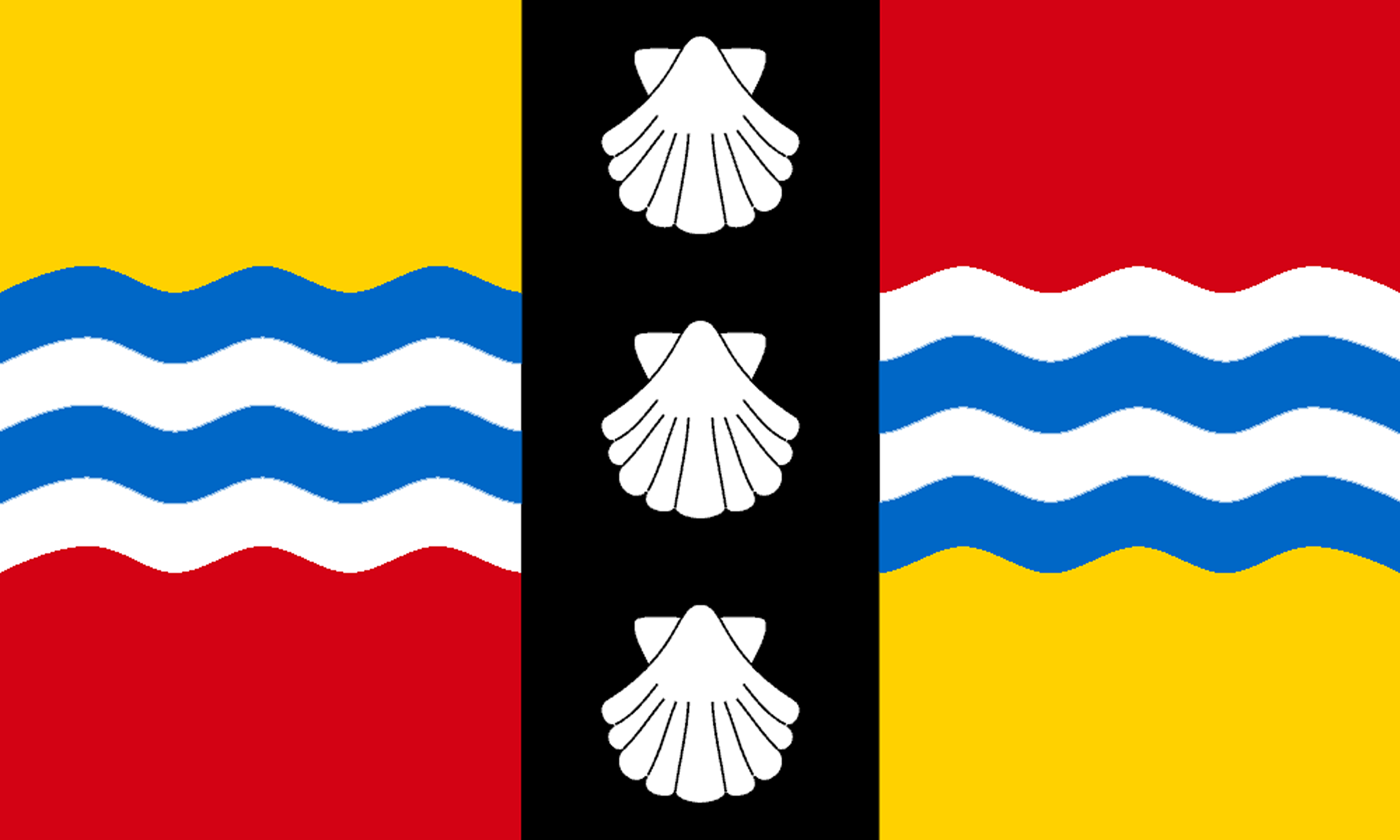
Bedfordshire Day takes place annually on 28 November.
The date, chosen by popular vote, commemorates the birthday of John Bunyan.
Several alternative options included:19 January – earldom (later dukedom) of Bedford recreated (1550); 12 April – Bedfordshire County Council granted its coat-of-arms (1951); 20 June – siege of Bedford Castle begins (1224); 13 August – Blenheim Day, celebrated by the Bedfordshire Regiment and its successors; 12 September – birth of prison reformer John Howard (1726); 14 October – first flight of the airship R101 from Cardington (1929); 6 November – 1st and 2nd Battalions Bedfordshire Regiment meet at Bailleul en route to Ypres (1914); 15 November – first High Sheriff of Bedfordshire appointed (1575); 25 November – feast of St Catherine, patron saint of spinners, weavers and lacemakers; 15 December – birth of Olympic athlete Harold Abrahams (1899).
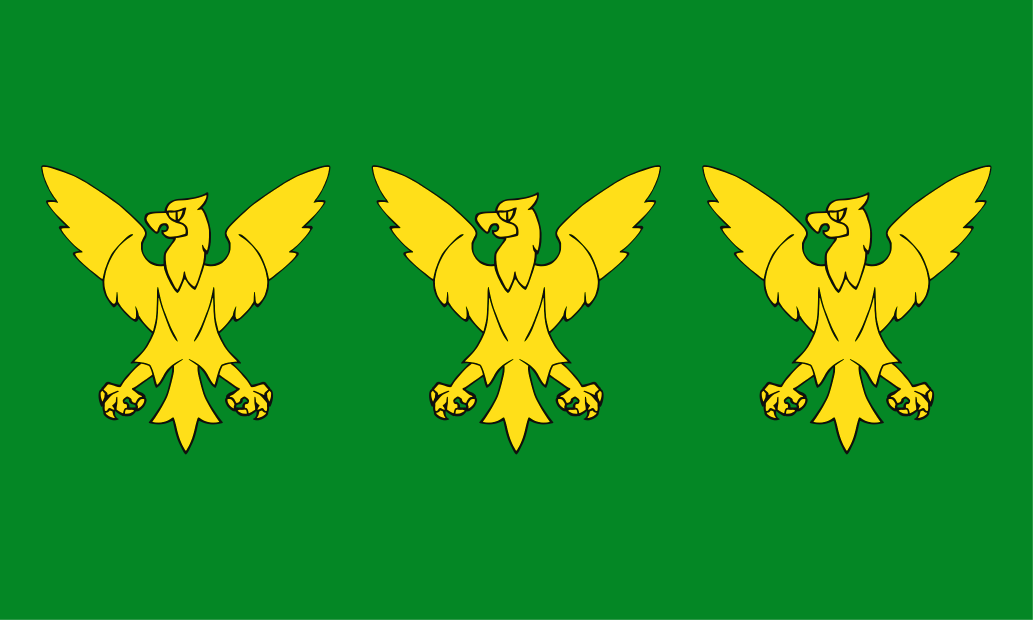
Caernarfonshire Day takes place annually on 28 November.
It commemorates the death of Prince Owain Gwynedd, King of Gwynedd (1137–70).
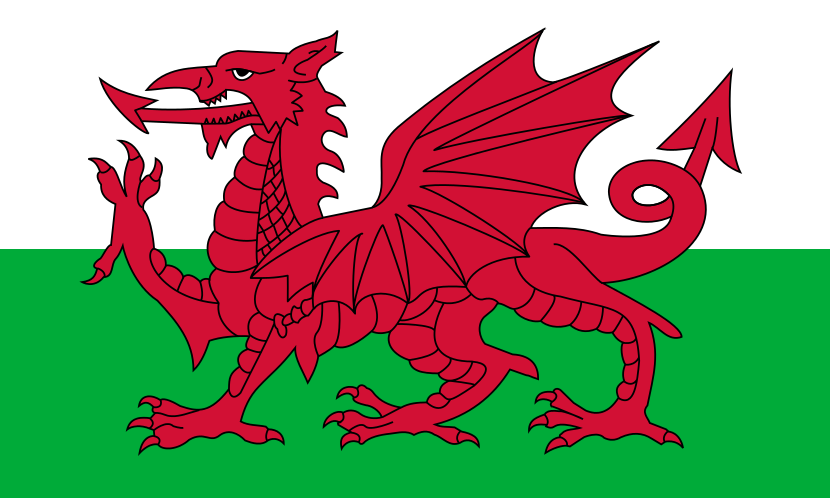
St David’s Day is Wales’ national day.
The Senedd Cymru flies the Welsh national flag – Y Ddraig Goch (The Red Dragon) – all year round.
On St David’s Day it also flies the flag of St David (below).
https://senedd.wales/media/hl5dtuct/foi-574-final-redacted-response-saes.pdf
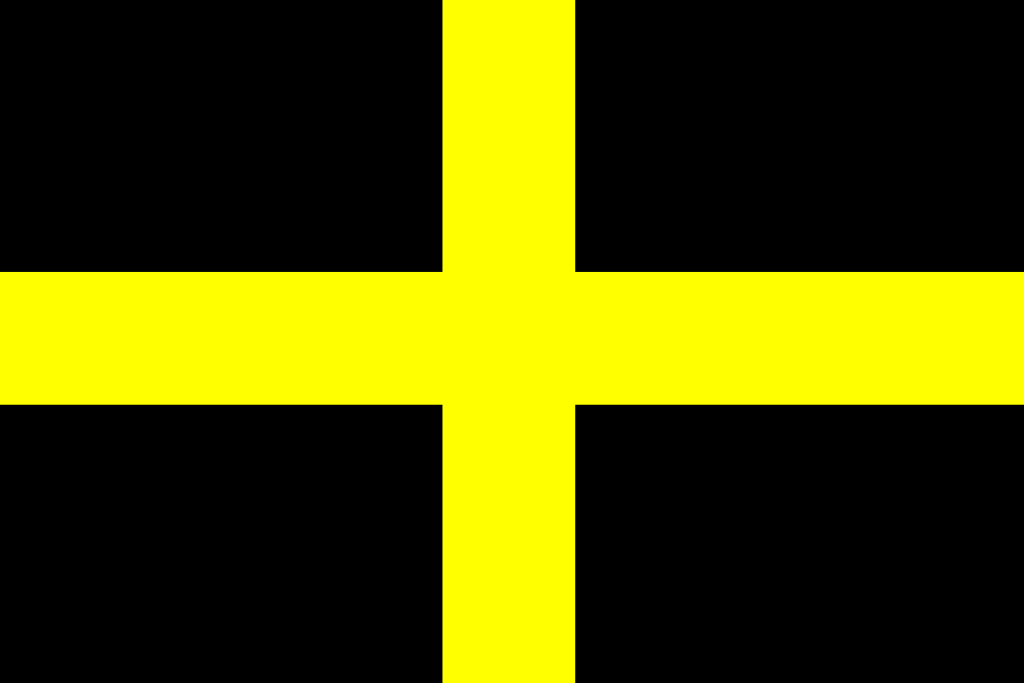
St David’s Day is also listed as a flag flying day (for Wales only) by UK government guidance.
The Union Flag is specified.
https://www.gov.uk/guidance/designated-days-for-union-flag-flying

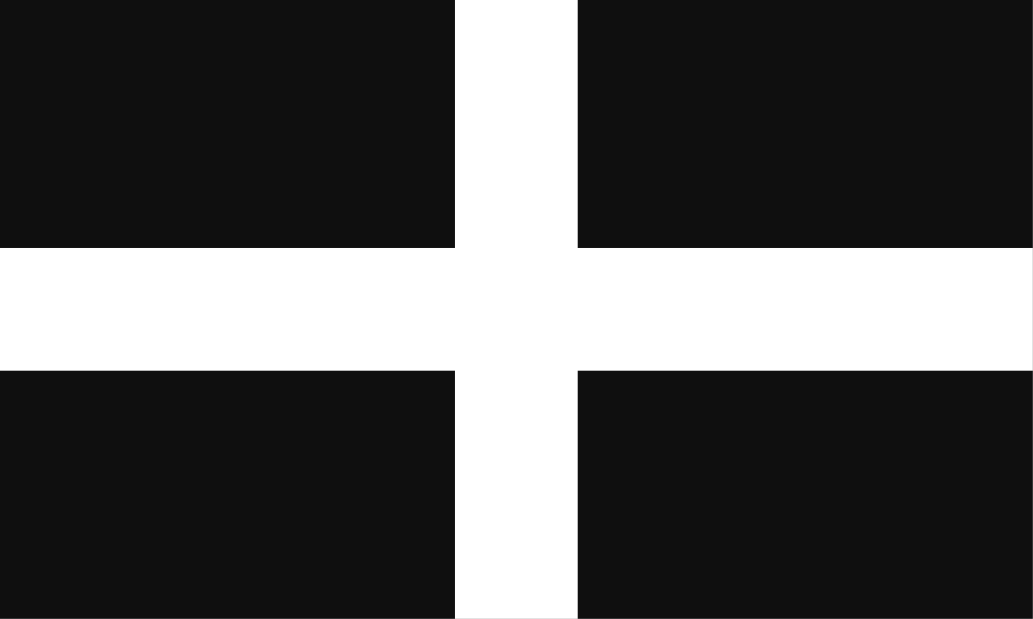
St Piran, the patron saint of tin miners, is one of Cornwall’s patron saints.
